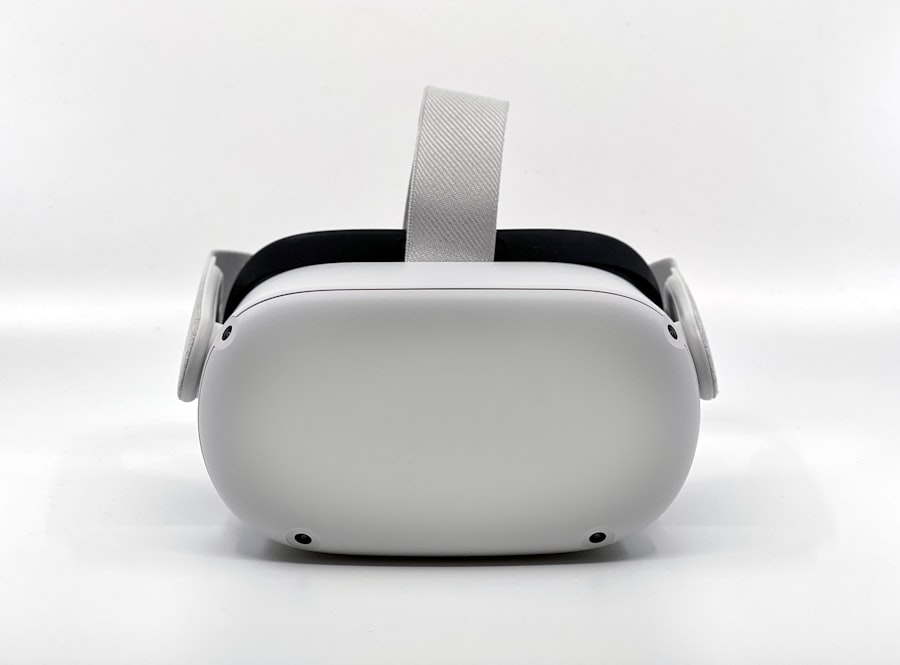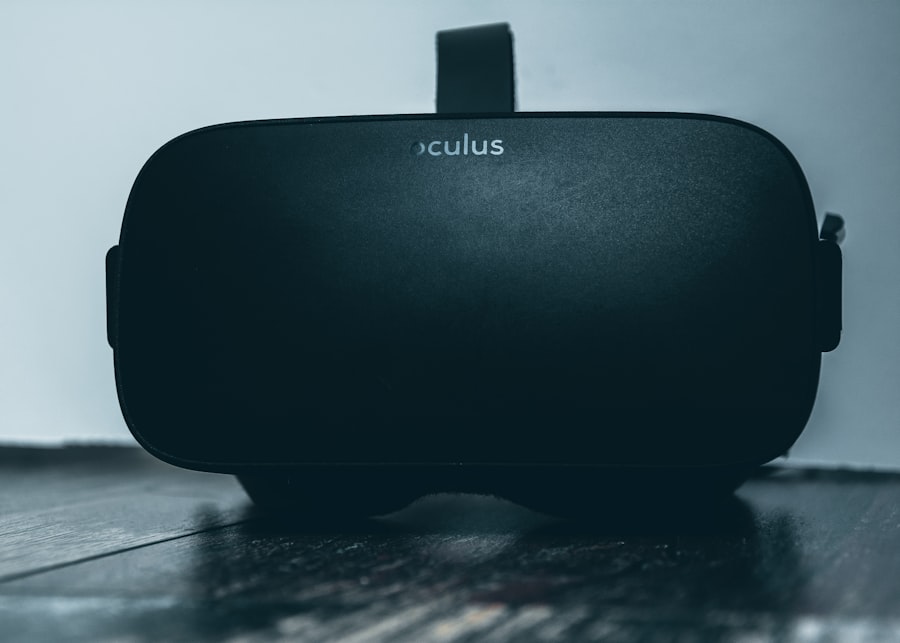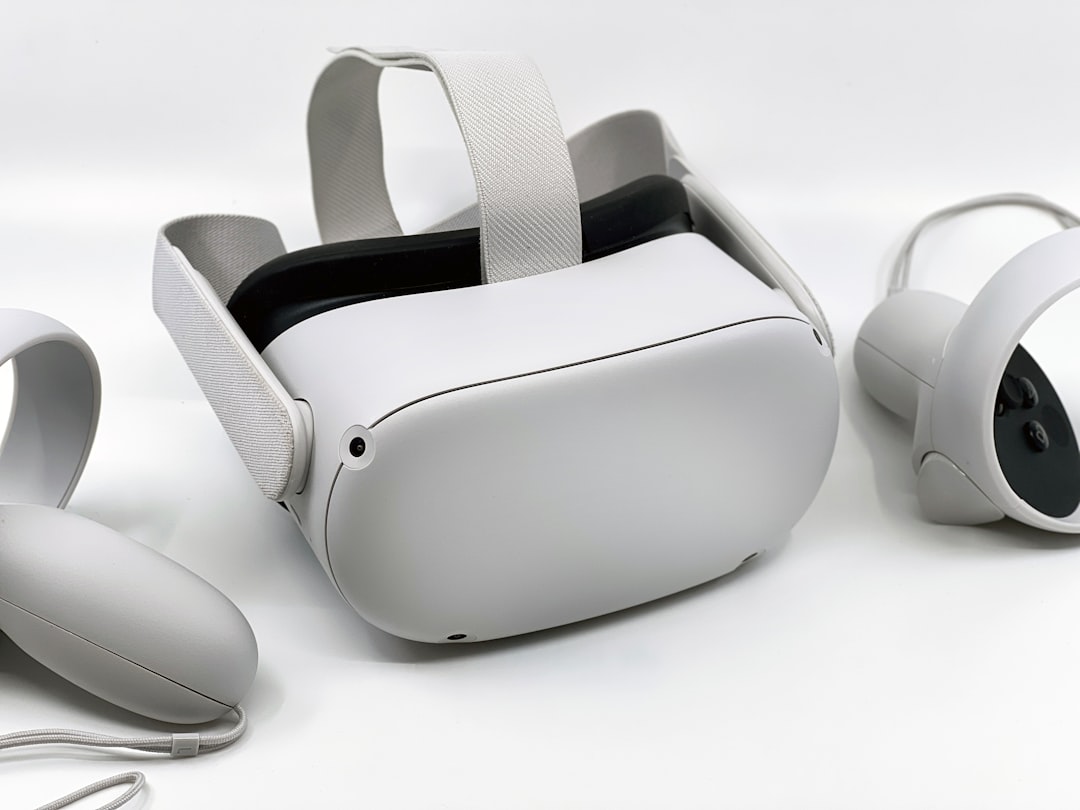Second Life, a pioneering virtual world launched in 2003 by Linden Lab, has evolved significantly over the years, particularly with the advent of virtual reality (VR) technology. Initially, it provided users with a platform to create, explore, and interact in a 3D environment, but the integration of VR has transformed the experience into something more immersive and engaging. In this digital realm, users can escape the constraints of the physical world, allowing for a unique blend of creativity, social interaction, and exploration.
The introduction of VR headsets has enabled participants to experience Second Life in a way that feels more tangible and lifelike, enhancing the sense of presence and agency within the virtual space. The allure of Second Life in VR lies in its ability to foster a sense of community and belonging among users from diverse backgrounds. As individuals navigate this expansive digital landscape, they can forge connections that transcend geographical boundaries.
The platform serves as a canvas for self-expression, where users can manifest their identities through avatars and engage in various activities that reflect their interests and passions. This article delves into the multifaceted aspects of Second Life in VR, exploring how users navigate the virtual world, create personalized avatars, socialize with others, and participate in a plethora of activities that enrich their experiences.
Key Takeaways
- Second Life in VR offers a fully immersive virtual world experience
- Navigating the virtual world involves using VR controllers to move and interact with objects
- Creating and customizing your virtual avatar allows for personal expression and identity
- Socializing and connecting with others is a key aspect of Second Life in VR
- Exploring virtual environments and landscapes provides endless opportunities for adventure and discovery
Navigating the vast expanse of Second Life in VR is an experience that combines intuitive controls with the thrill of exploration. Users can traverse different regions, each offering unique environments and activities.
With VR headsets, navigation becomes even more immersive; users can physically turn their heads to look around, enhancing their spatial awareness and making it easier to engage with the surroundings. The ability to teleport to various locations adds another layer of convenience, enabling users to jump from one vibrant community to another with just a few clicks. In addition to basic navigation, Second Life offers a variety of tools and features that enhance the exploration experience.
Users can access maps that highlight popular destinations, events, and user-created content. The platform also encourages discovery through user-generated content, where individuals can create and share their own environments. This aspect fosters a sense of adventure as users stumble upon hidden gems or participate in themed events that showcase the creativity of the community.
The combination of intuitive navigation and rich content makes exploring Second Life an engaging endeavor that continually invites users to return for new experiences.
Creating and Customizing Your Virtual Avatar

One of the most compelling aspects of Second Life is the ability to create and customize a virtual avatar that reflects one’s personality and style. Users have access to an extensive array of customization options, ranging from physical attributes such as body shape and facial features to clothing and accessories. This level of personalization allows individuals to express themselves in ways that may not be possible in their everyday lives.
For instance, someone might choose to embody a fantastical creature or adopt an entirely different gender identity, showcasing the freedom that Second Life offers. The customization process is not merely about aesthetics; it also involves selecting animations and gestures that convey emotions and personality traits. Users can choose how their avatars move, interact with others, and respond to various situations.
This attention to detail enhances social interactions within the virtual world, as avatars become extensions of their creators’ identities. Furthermore, many creators within Second Life offer unique clothing lines and accessories for avatars, allowing users to curate their virtual wardrobes continuously. This dynamic environment encourages creativity and individuality, making avatar customization a central aspect of the Second Life experience.
Socializing and Connecting with Others
| Activity | Frequency | Duration |
|---|---|---|
| Meeting friends | Once a week | 2 hours |
| Attending social events | Twice a month | 3 hours |
| Joining clubs or groups | Once a month | 1.5 hours |
Social interaction is at the heart of Second Life’s appeal, particularly in its VR incarnation. The platform provides numerous avenues for users to connect with others, whether through casual conversations or organized events. Users can join groups based on shared interests, participate in discussions, or simply explore together.
The immersive nature of VR enhances these interactions; users can see their friends’ avatars in real-time, hear their voices through voice chat, and engage in activities side by side. This sense of presence fosters deeper connections than traditional online communication methods. Moreover, Second Life hosts a variety of social events that cater to diverse interests.
From live music performances to art exhibitions and themed parties, there is always something happening within the virtual world. These events often attract large crowds, creating opportunities for users to meet new people and forge friendships. The ability to interact with others in a shared space adds an element of spontaneity to socializing; users can strike up conversations with strangers or reconnect with old friends in a vibrant setting.
This dynamic social landscape makes Second Life a thriving community where relationships can flourish.
Exploring Virtual Environments and Landscapes
The landscapes within Second Life are as varied as the users who inhabit them. From serene beaches and bustling cities to fantastical realms filled with mythical creatures, each environment offers a unique experience waiting to be discovered. Users can explore meticulously crafted regions that reflect different cultures, artistic styles, or themes.
For example, some areas may be designed to mimic real-world locations like Paris or Tokyo, while others might transport users to entirely fictional worlds inspired by literature or film. The richness of these environments is enhanced by user-generated content; many creators take pride in designing intricate landscapes that invite exploration. Users can stumble upon hidden pathways leading to secret gardens or discover interactive installations that encourage engagement.
The ability to interact with objects within these spaces adds another layer of immersion; users can sit on benches, play musical instruments, or even participate in mini-games scattered throughout the landscape. This diversity in virtual environments not only keeps exploration fresh but also inspires creativity among users who may wish to contribute their own designs.
Participating in Virtual Events and Activities

Immersive Experiences
Users can engage in a wide range of activities, from educational workshops and art exhibitions to live concerts featuring both established and emerging artists. These events often take place in custom-designed venues that elevate the overall experience. For instance, a concert might be held in an open-air amphitheater surrounded by stunning visuals that synchronize with the music.
Community-Driven Initiatives
In addition to entertainment-focused events, Second Life also hosts community-driven activities such as charity fundraisers and awareness campaigns. These initiatives allow users to come together for a common cause while enjoying the immersive environment that Second Life provides.
Fostering Camaraderie
The collaborative nature of these events fosters a sense of camaraderie among participants, reinforcing the idea that Second Life is not just a platform for individual expression but also a space for collective action and support.
Building and Designing Virtual Spaces
For those inclined towards creativity and design, Second Life offers robust tools for building and customizing virtual spaces. Users can create anything from simple structures like homes or shops to elaborate landscapes filled with interactive elements. The building process involves using a variety of shapes, textures, and scripts that allow for intricate designs and functionalities.
This level of customization empowers users to bring their visions to life within the virtual world. The act of building is not only about personal expression; it also contributes to the overall richness of Second Life’s environment. Many creators share their designs with the community or sell them in virtual marketplaces, fostering an economy based on creativity and collaboration.
Users can visit these marketplaces to find unique items or hire builders for custom projects. This interconnectedness between creators and consumers enhances the sense of community within Second Life while providing opportunities for entrepreneurship.
The Future of Second Life in VR
As technology continues to advance, the future of Second Life in VR holds exciting possibilities for both existing users and newcomers alike. With improvements in hardware capabilities and software development, we can expect even more immersive experiences that blur the lines between reality and virtuality. Enhanced graphics, more realistic physics simulations, and improved social interaction tools will likely elevate user engagement levels.
Moreover, as VR technology becomes more accessible, we may see an influx of new users eager to explore what Second Life has to offer. This growth could lead to an even more diverse community where individuals from various backgrounds come together to share experiences and ideas. Additionally, as developers continue to innovate within this space, we may witness new features that enhance user creativity and collaboration—further solidifying Second Life’s position as a leader in virtual worlds.
In conclusion, Second Life in VR represents a unique intersection of technology, creativity, and social interaction that continues to evolve over time. Its rich tapestry of experiences invites users to explore new dimensions of self-expression while fostering connections with others across the globe. As we look ahead, it is clear that this virtual world will remain a significant player in shaping how we interact with digital environments and each other.
If you’re interested in learning more about the community and culture within the metaverse, I recommend checking out the article “Community and Culture in the Metaverse: Diversity and Inclusion in the Metaverse”. This article delves into the importance of diversity and inclusion in virtual worlds like Second Life VR and how it can enhance the overall experience for users.
FAQs
What is Second Life VR?
Second Life VR is a virtual reality platform that allows users to create and interact with a 3D virtual world. It was created by Linden Lab and launched in 2003.
How does Second Life VR work?
Users can create their own avatars and explore the virtual world, socialize with other users, participate in activities, and even create and sell virtual goods and services.
Is Second Life VR free to use?
Second Life VR offers a free basic membership, but users can also choose to upgrade to a premium membership for additional features and benefits.
What kind of activities can users do in Second Life VR?
Users can engage in a wide range of activities in Second Life VR, including socializing, exploring virtual landscapes, attending events, creating and selling virtual goods, and even attending virtual concerts and performances.
Can users make real money in Second Life VR?
Yes, users can create and sell virtual goods and services within Second Life VR, and some users have been able to make real money through their virtual businesses.
What are the system requirements for using Second Life VR?
To use Second Life VR, users need a computer with a compatible operating system, a broadband internet connection, and a virtual reality headset for the full VR experience.
Is Second Life VR suitable for children?
Second Life VR is intended for users aged 16 and older, and parents should be aware that the platform may contain adult content and interactions.

Leave a Reply